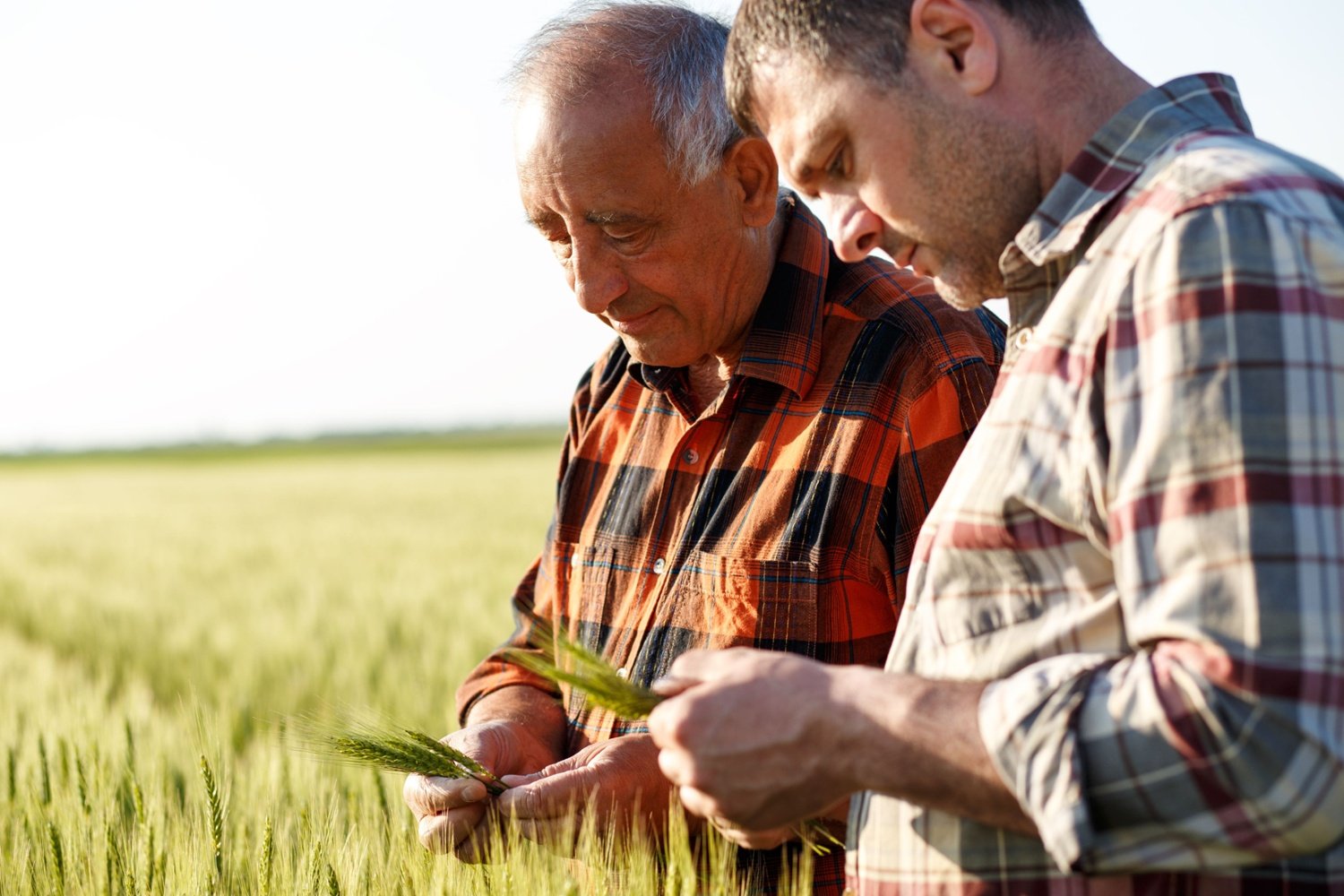A Decade of Biopesticides Data in France Shows Both Uptake and Opportunity

Ten years’ worth of Kynetec data and insight into the biopesticides market in France is topped off with 2023 surpassing all records, showing biopesticides taking 10% market value versus conventional crop protection products
2023: Key stats in France – market value
- Nearly 10% of the total crop protection market in France are biopesticide products
- Biofungicides make up nearly 16% of the fungicide market vs conventional products
- Bioinsecticides make up nearly 17% of the insecticide market vs conventional products
- Vine market penetration stands at nearly 100% - all vine farmers in France use a biopesticide product
- Nearly 40% of row crop growers use biopesticides, typically slug pellets and sulfur, although the area treated remains low with a concentration under 5%
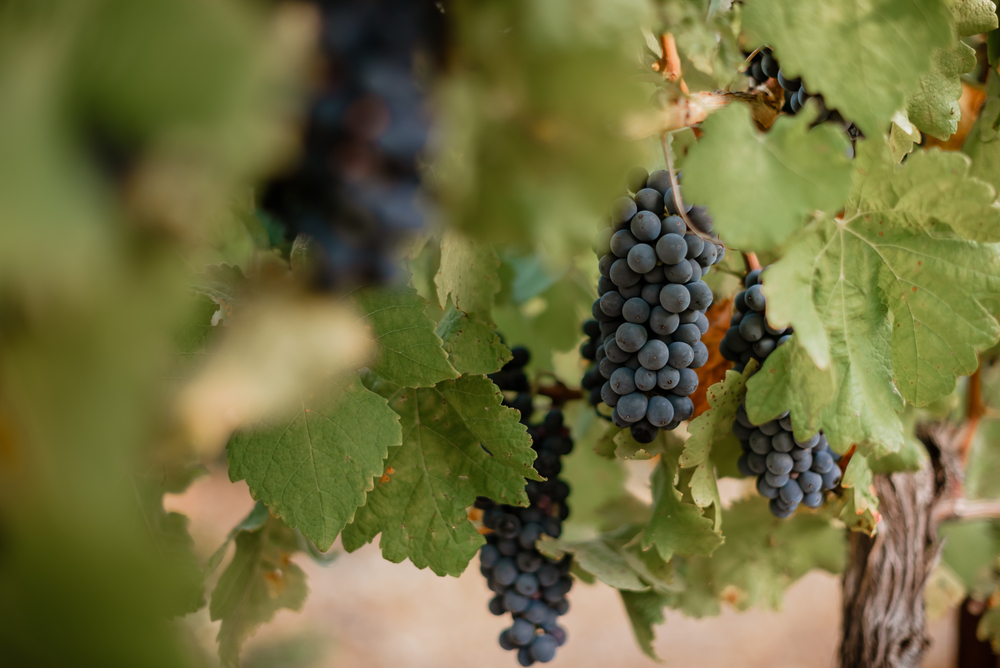
Maturity in vine and fruit
French vine and fruit growers have long adopted biofungicides and bioinsecticides, with a nearly 100% penetration rate in 2023, a consistent number up from the mid-ninety percentile over the previous decade. It is theorized that efficacy as well as environmental benefits are the reason for such high levels of use. The range of products on the market also supports grower engagement as they fulfil the biggest challenges of vine and soft fruit growers.
Concentration, or area treated, of biopesticides used in vine has grown from nearly 30% in 2014 to well over 40% in 2023, with conventional products being replaced on-farm.
Grower location in the value chain makes a difference
Growers closer to the consumer, for example selling direct from farm, or owning their own brands, showed a higher tendency to adopt biopesticides, as the associated positive marketing messages around environmental benefits are well received by consumers wanting to use more environmentally sound options. This angle becomes less important - and the price point more impactful - for growers lower down the value chain, where margins become more prevalent.
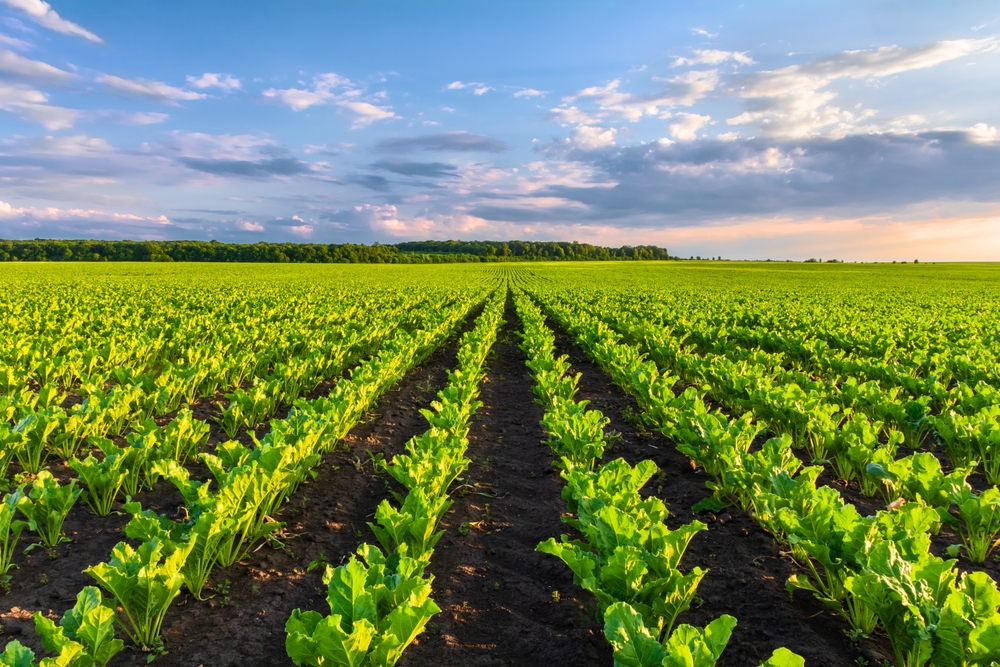
Row crops offer the biggest potential for sales growth
Physically the largest area crop group, extending to more than 13 million hectares in France, row cropping accounts for only 2% of the total market crop protection in value. Typically weed challenge is high on row crop growers lists of concerns and as yet there is no bioproduct that can compete with conventional chemistry. While around 40% of row crop growers are using a biopesticide product, these solutions are typically slug pellets or sulfur – and are not the at-scale herbicides required in high hectarage row cropping.
Both selective and non-selective bioherbicides are the products we’re all waiting for
With 45% of market sales in selective herbicides, the arrival of an effective selective bioherbicide at a price point equivalent to that of well-known conventional brands could be a game changer. Non-selective herbicides - such as glyphosate, the most widely used herbicide in the world – are equally eagerly awaited.
Related Products
Learn
Related Articles
The articles covers topics related to sustainable agriculture, animal health, and the intersection of farming and technology.

Maria McWhorter discusses the latest trends in agricultural technology adoption

Fast Forward Five Years: Prospects for the Indian Crop Protection Market According to Market Research

Seeds of Opportunity: Ag Market Research Explains Global Growth
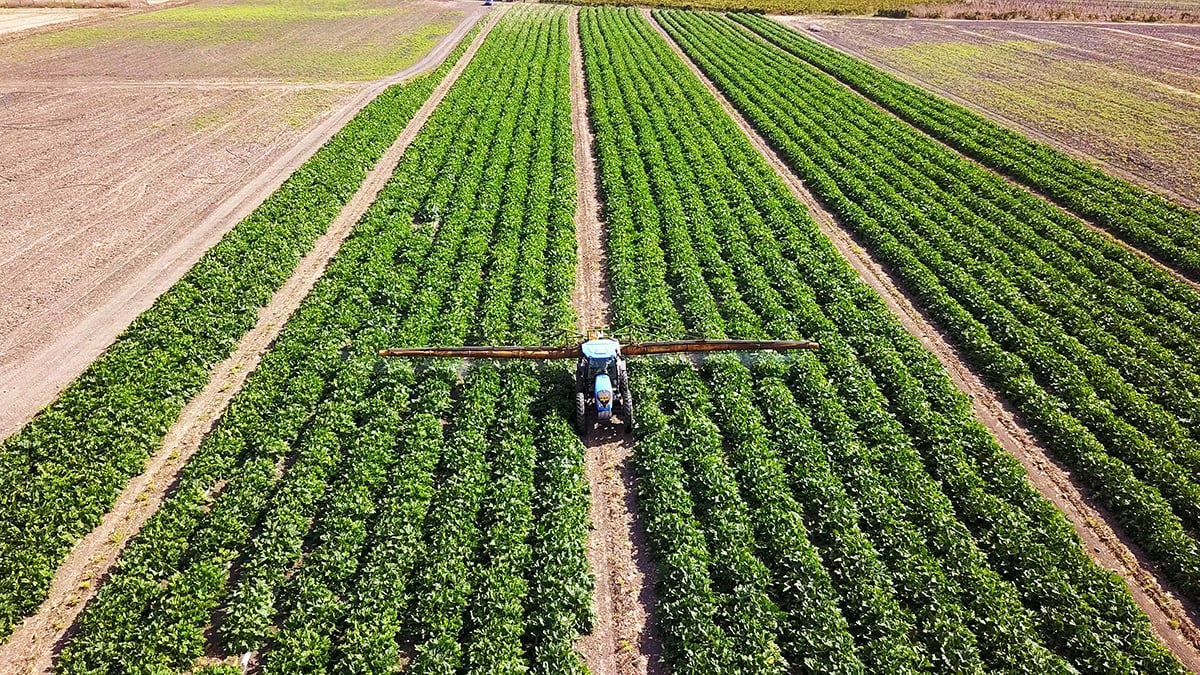
Leading the charge: Crop protection in Argentina, Mexico, Brazil
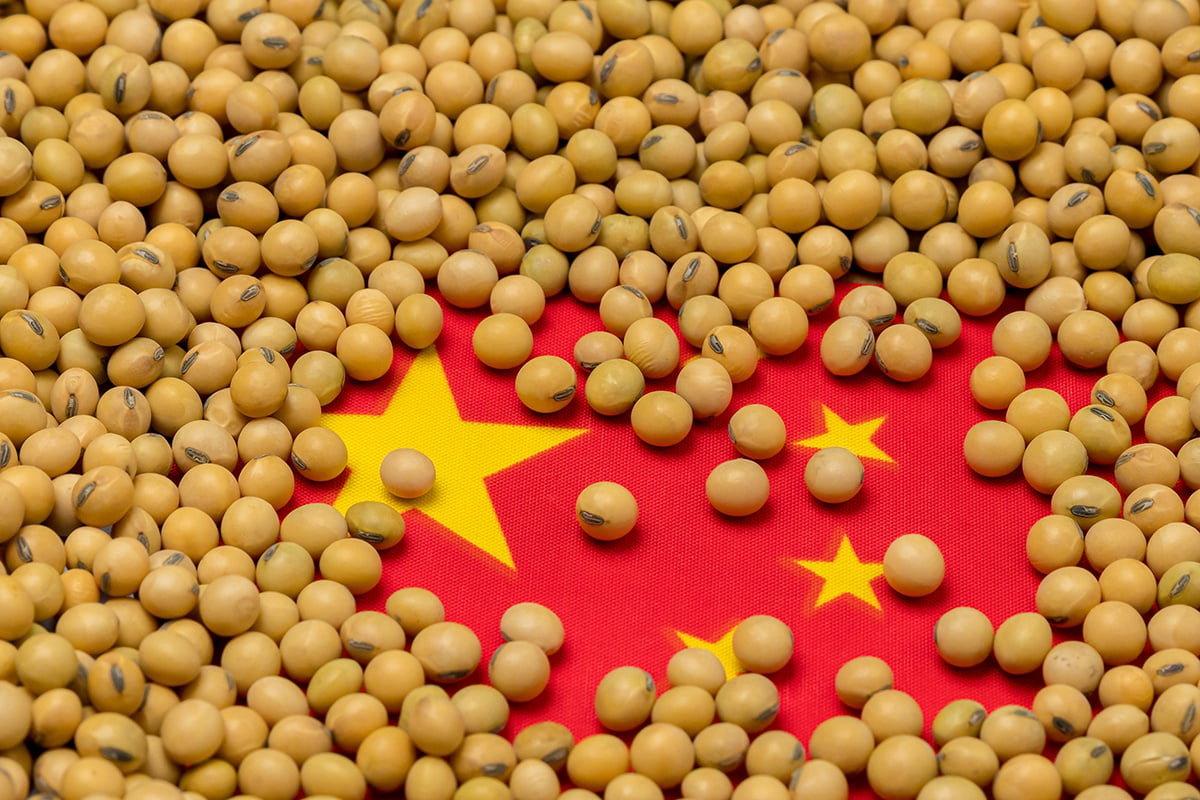
From Regulation to Innovation: How China’s Crop Protection Market is Evolving

Nomman Ahmed Discusses the Role of Predictive Technology in Advancing Crop Protection

A Decade of Biopesticides Data in France Shows Both Uptake and Opportunity

"Progressive farmer" the target audience your agribusiness brand knows nothing about

Predictive Intelligence caught the US glyphosate dip. What could it tell you next?
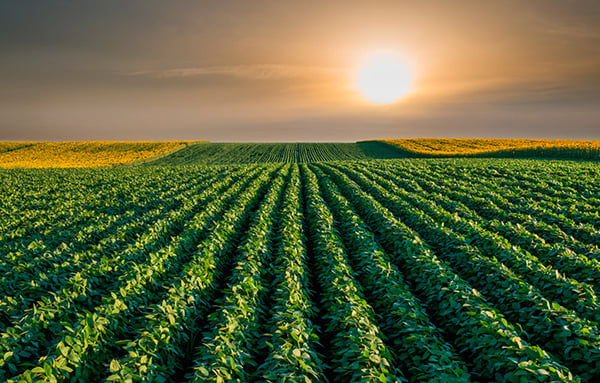
Soybean pesticide market grows 50% in Brazil to US$11.4 bn
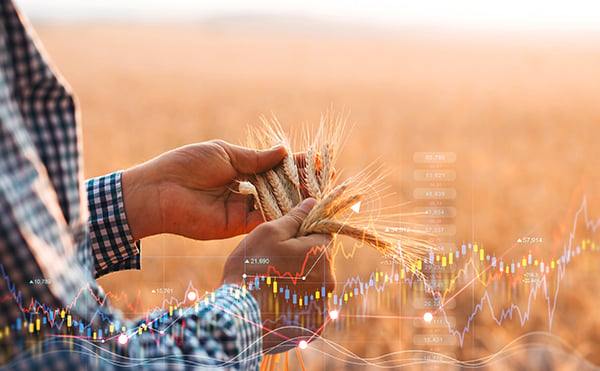
Feeding tomorrow: how foresight in data and analytics is changing the landscape of global agriculture
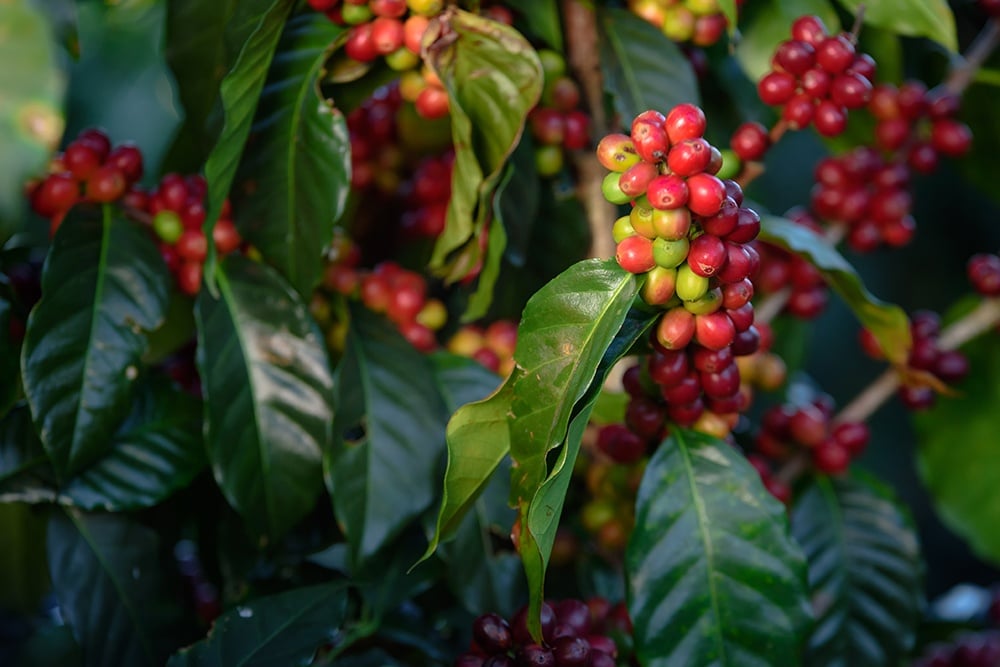
Brazilian coffee pesticide market up 17% in 2022-23
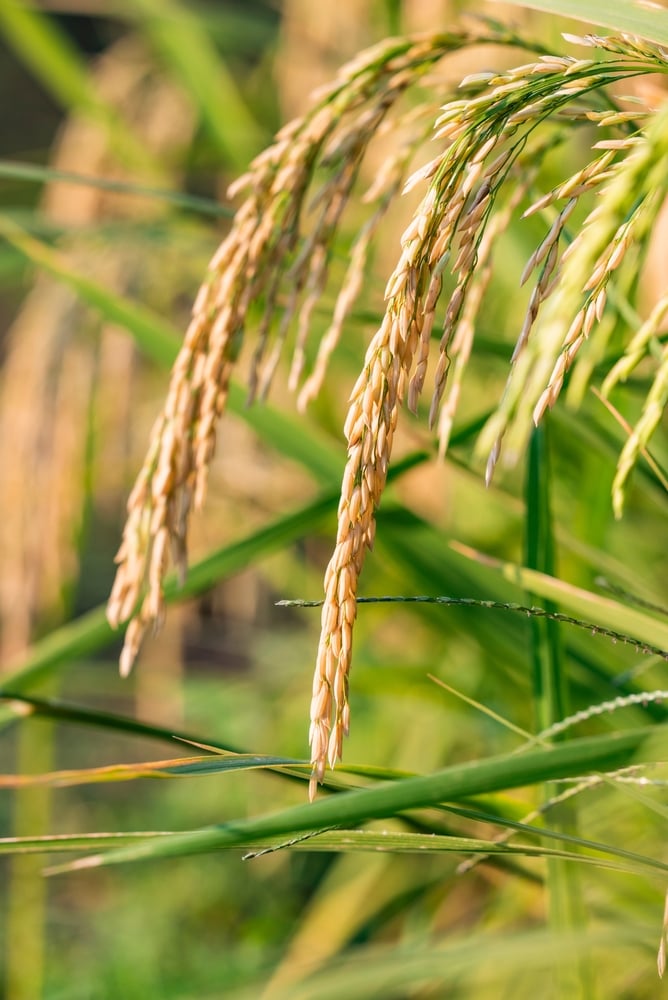
FarmTrak China 2022 rice survey highlights key trends over the last 12 years
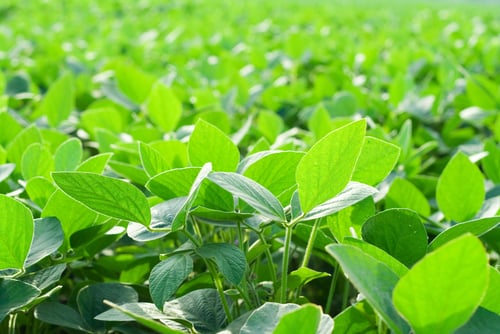
Significant growth recorded in Brazilian soybean nutrition market

Pandemic resilience identified among farmers
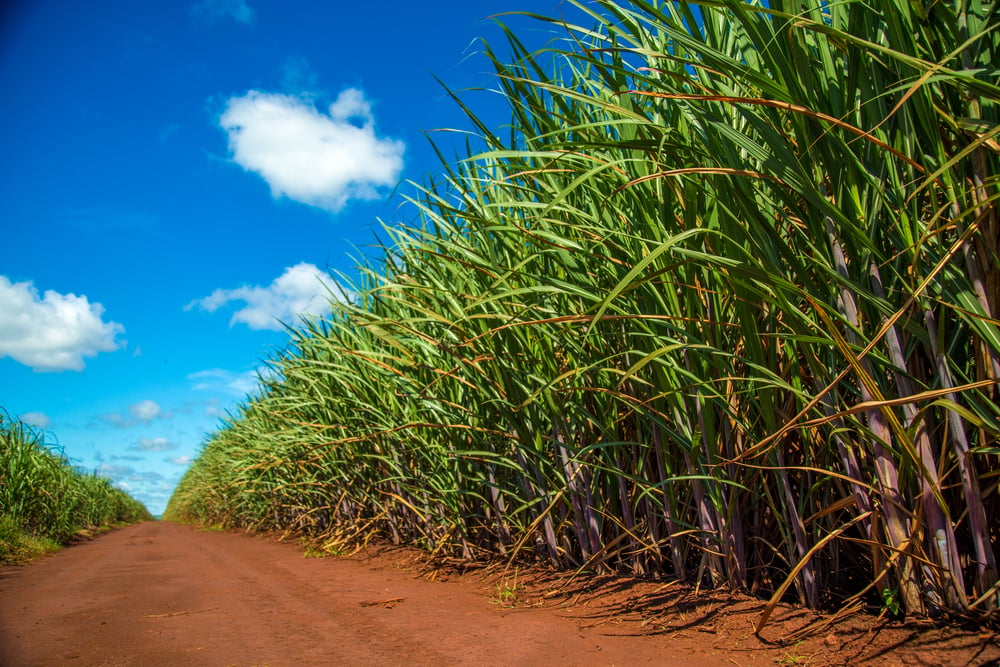
Brazil's sugarcane sector and the rising value of agrochemicals

Australian agricultural machinery sales boom
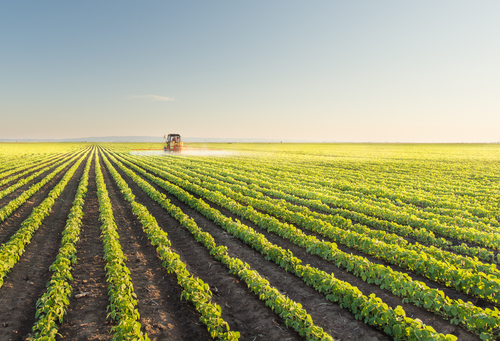
Tenfold growth in the Brazilian nematicides market over eight harvests
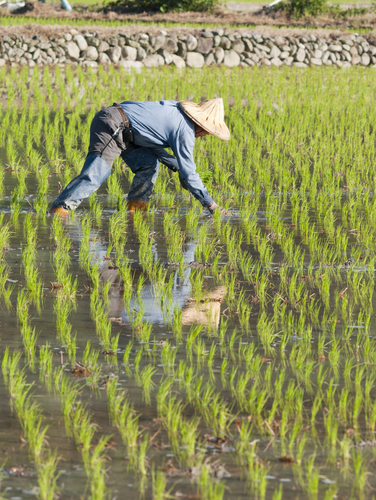
China’s crop protection market value on the rise
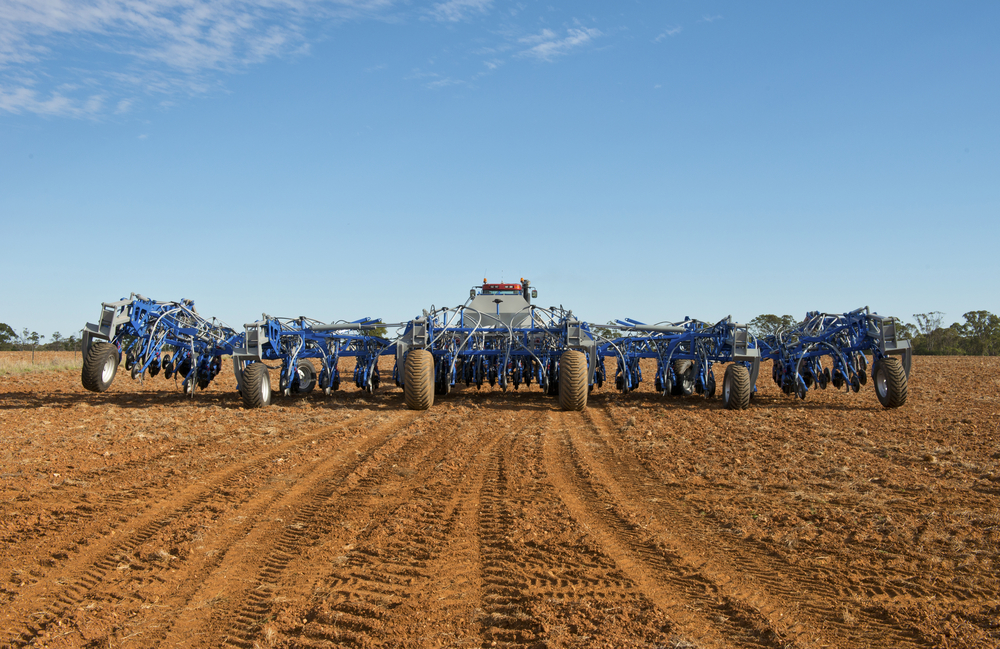
Impact of weather changes on crop decisions in the US and Canada
Case Studies
Impact and results


.jpg)
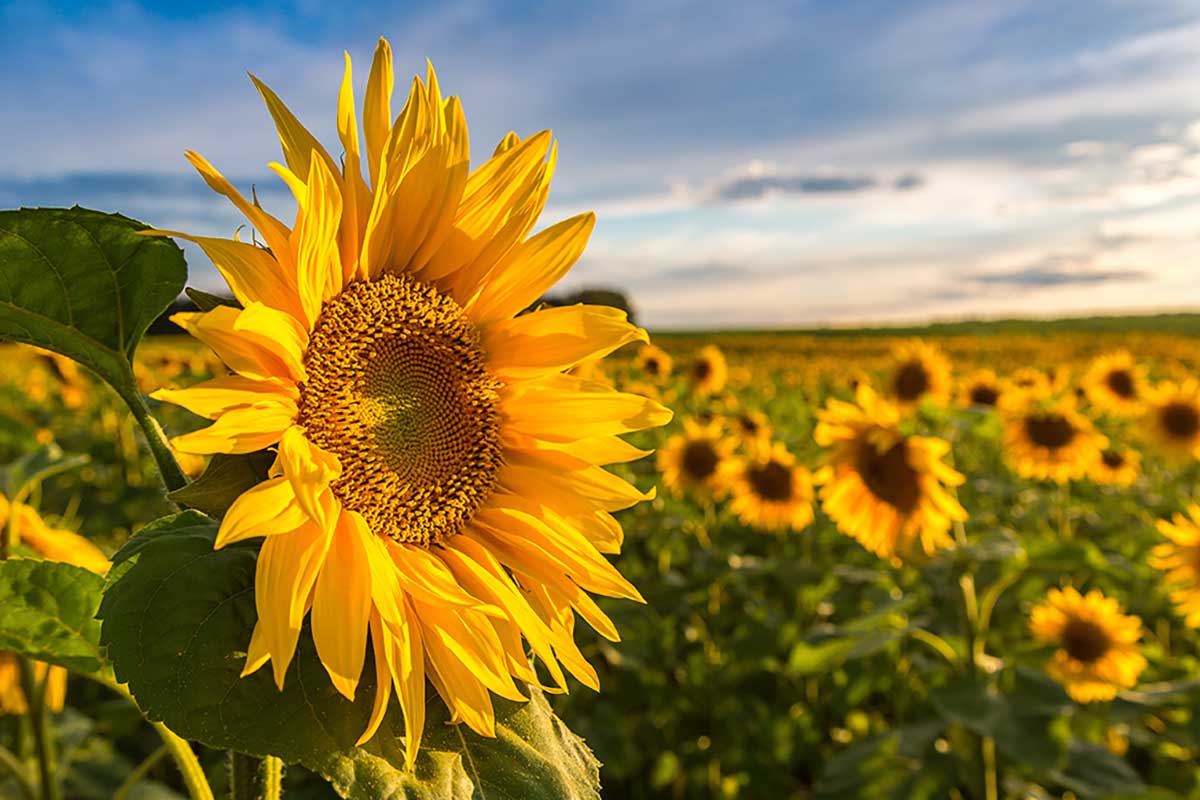
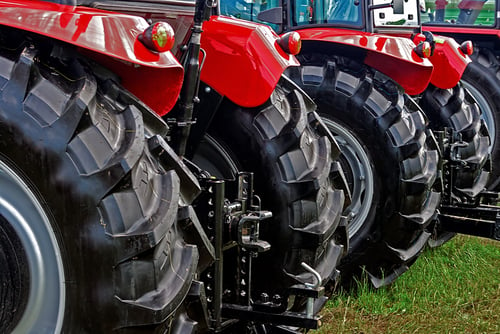
.jpg)
